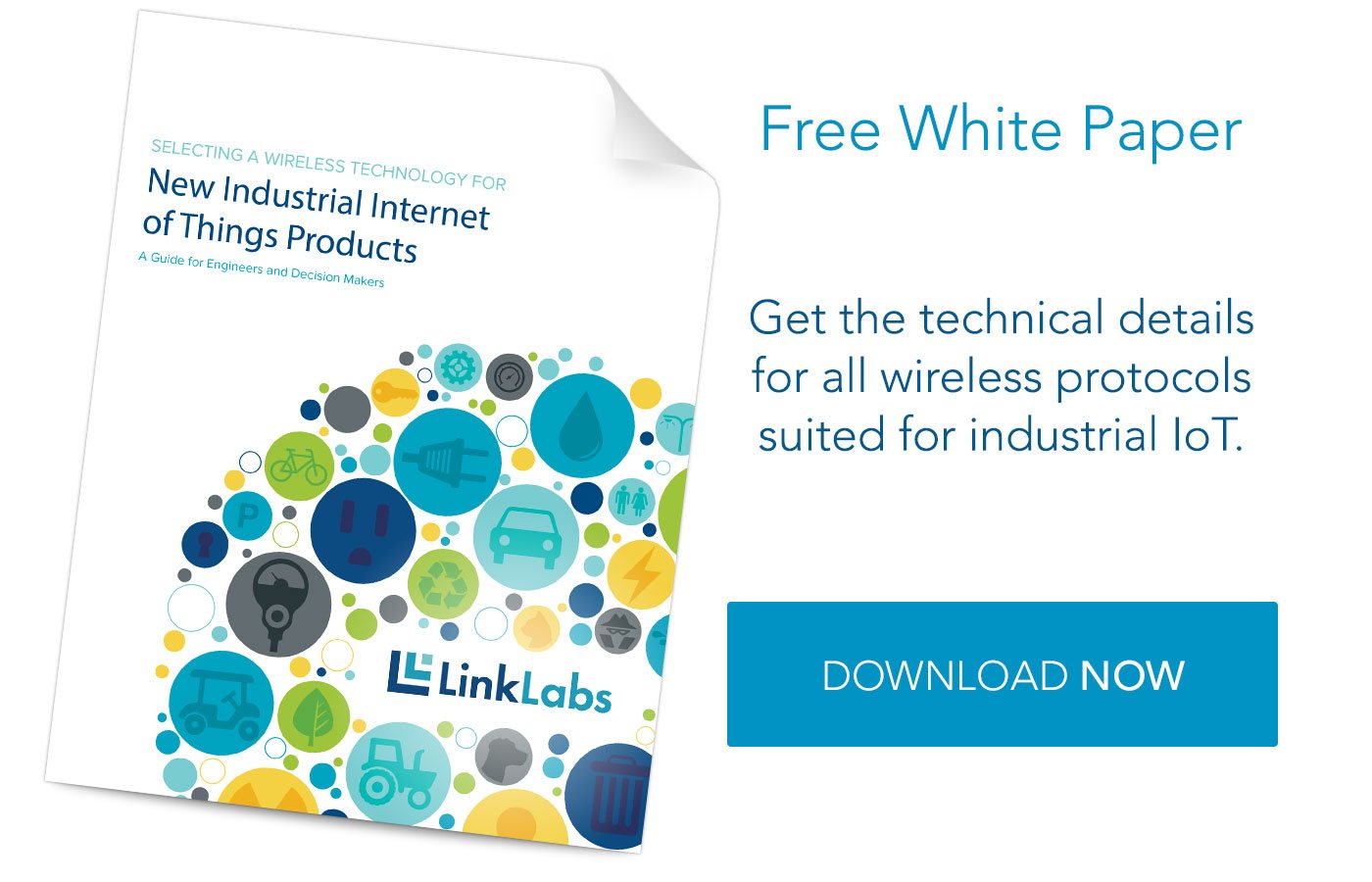The Underpants Gnomes’ Business Model
Let’s take a look at what the underpants gnomes from South Park are drumming up here. Phase One is to collect underpants, Phase Two is ???, and Phase Three is profit. Sounds pretty simple… all we have to do is figure out Phase Two and we’re rich, right? Take a look:
OK, now to the part where we explain the tie to the Internet of Things (IoT)...
What can this teach us about the Internet of Things?
Companies and developers sometimes take this same approach to their IoT business models:
- Phase One: Collect More Data
- Phase Two: ???
- Phase Three: Profit
And who can blame them? It’s estimated that IoT’s net profit potential for 2013-2022 is $14.4 trillion, which is why 96% of business leaders said their companies would be using the IoT in some way within the next three years. Companies want in on that profit (Phase Three), so they start collecting more data from devices, machines, and the ecosystem around their products (Phase One), but they’re missing Phase Two. All they can see is data and dollars.
So, what is Phase Two in the IoT?
It’s the key piece to the entire puzzle. Phase Two is the strategy a company puts in place in order to create value for their customers, and therefore value for themselves. Without value for the customer, the product or service is just a novelty, and there will be no long-term profit. If you can answer one of these two questions, you’re accomplishing Phase Two:
- What problem are we solving for customers by building this application?
- How is this data going to help our organization succeed, save, or offer new solutions?
An Example Of An IoT Product With & Without Phase Two:
Let’s take a look at a smart sprinkler system. In a scenario where Phase Two has NOT been clearly thought out, your home sprinkler system can be turned on and off from your phone. Now that is pretty cool, but how valuable is it for the homeowner? You can water the lawn when you’re away on vacation, yes—but you could do that with an automated timer system anyway. Where’s the real value? This will likely attract a few techy early adopters, but the general population won’t see the value.
In a smart sprinkler system with a clearly defined Phase Two, built-in sensors can process data about moisture in the soil, sense precipitation, and read air temperature. This information is wirelessly sent back to a database, processed, and then turned into directions that are automatically sent back to the sprinklers. Certain sprinklers will be turned on because the surrounding soil is dry, whereas others will remain off because there is sufficient moisture. The sensors may even serve a public benefit by automatically detecting evaporation or data on drought conditions, which could save water in arid areas. This smart system reacts to the environment, not a timer set for 5:30 AM each and every morning.
In this case, the value to the customer is a 25% savings on the water bill (while keeping the same green grass). The value to society is to reduce pressure on a scarce resource. The value for the company is the ability to sell many more sprinkler systems, and to know when these systems need to be replaced or upgraded.
Does your IoT app have a Phase Two?
You want in on the IoT, and you’ve probably already started collecting data in some fashion. But don’t put the cart before the horse. In an IoT application development process, it’s critical to start with Phase Two: the value you are creating for your customers. (I suppose that means Phase Two has just become Phase One.) Work on the business case first, then figure out what data you need to collect, and the profit will come. The entire IoT industry is counting on companies to solve Phase Two since the promise of trillions of dollars has already been set.
Ask yourself this: What problem are you solving for your customers (or new customers) by collecting and exchanging data between things?
If you’re looking for another take at the same idea, check out 3 Things The Internet Of Things Is (It’s Not A Toaster). You’ll learn that many IoT solutions are so focused on collecting the data (sensing) that they don’t have the capacity or ability to send control messages back to the system. What’s missing? Phase Two—the return message with new instructions is where all the value creation takes place.
Want to talk to a Link Labs electrical engineer about your IoT development project?
Get started over here and we’ll connect.




